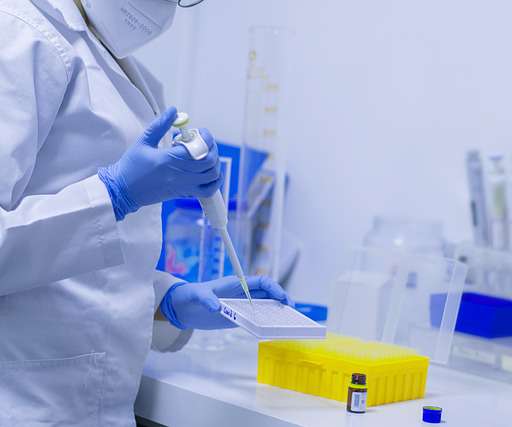The rising impact of biomarkers in early clinical development
Drug Target Review
APRIL 7, 2025
4 The definition has since evolved and expanded to include molecular signatures of pharmacodynamics and therapeutic response. As pharmacological indicators, biomarkers overcome the static nature of traditional in vitro cellular studies by providing more dynamic models of pharmacokinetic processes that reflect active biological mechanisms.



















Let's personalize your content